Best Trail Running Shoes for Sub-Ultra Distances (20–49 km)
Ready to crush your next 20K, 30K, or even 49K trail race? Choosing the right trail shoes can mean the difference between a personal best and a painful finish. Sub-ultra distances—those challenging sweet spots between a half marathon and a full ultra—demand footwear that balances speed, protection, comfort, and versatility.
🎽 What exactly is a sub-ultra? In trail running, “sub-ultra” usually refers to any race between 20 and 49 kilometers—long enough to demand serious respect, but not quite in the “ultra” (50K+) category. Think of those classic 20K–30K mountain races, technical 25K sky races, and fast, rolling 40K events.
👟 Why are shoe choices different for sub-ultras? You need a shoe that’s light and responsive like a racer, but also cushioned and protective enough for the fatigue, terrain changes, and distance of a longer event. What works for a 10K might leave you limping at 35K, and what’s perfect for a 100K could weigh you down or feel sloppy when you’re running hard.
In this guide, you’ll discover the best trail running shoes for sub-ultra distances, learn what features really matter, get expert picks for every trail type, and pick up hard-won tips from real runners who’ve raced these distances. Ready? Let’s dive in!
⛰️ What Makes Sub-Ultra Trail Races Unique?
Sub-ultra trail races (20–49 km) are in a league of their own—long enough to challenge your endurance and mental game, yet short enough to push your speed. They demand a special blend of grit, pacing, and gear. Here’s why these distances are so unique compared to shorter trail races or true ultras:
- Pace & Intensity: Sub-ultras are often run at a higher intensity than ultras. There’s less walking and more sustained running—meaning your shoes need to support quick turnover and responsive footwork for hours, not just comfort.
- Terrain Variety: Many sub-ultras feature a mix of technical trails, rolling hills, steep climbs, descents, and fast flats—sometimes all in one race! Your shoes must handle multiple surfaces without compromise.
- Fatigue Factor: While you might escape the full-body bonk of a 100K, sub-ultras push your legs and feet to the edge—especially in the last 5–10 km. Underfoot protection and midsole rebound can be the difference between a strong finish and a painful shuffle.
- Speed vs. Protection: Sub-ultra racers can’t rely solely on max-cushion “ultra” shoes—they may be too heavy or unresponsive. Nor can you use minimal 10K shoes—those usually lack the protection and comfort needed for 3–6 hours on the trail.
- Weather & Aid: Races may start cold and finish hot, or feature sudden rain and mud. With less time between aid stations than ultras, you’ll carry less gear, so shoes must adapt to changing conditions.
💡 The Bottom Line: Sub-ultra trail shoes must be light, responsive, grippy, and cushioned—ready for anything, just like you!
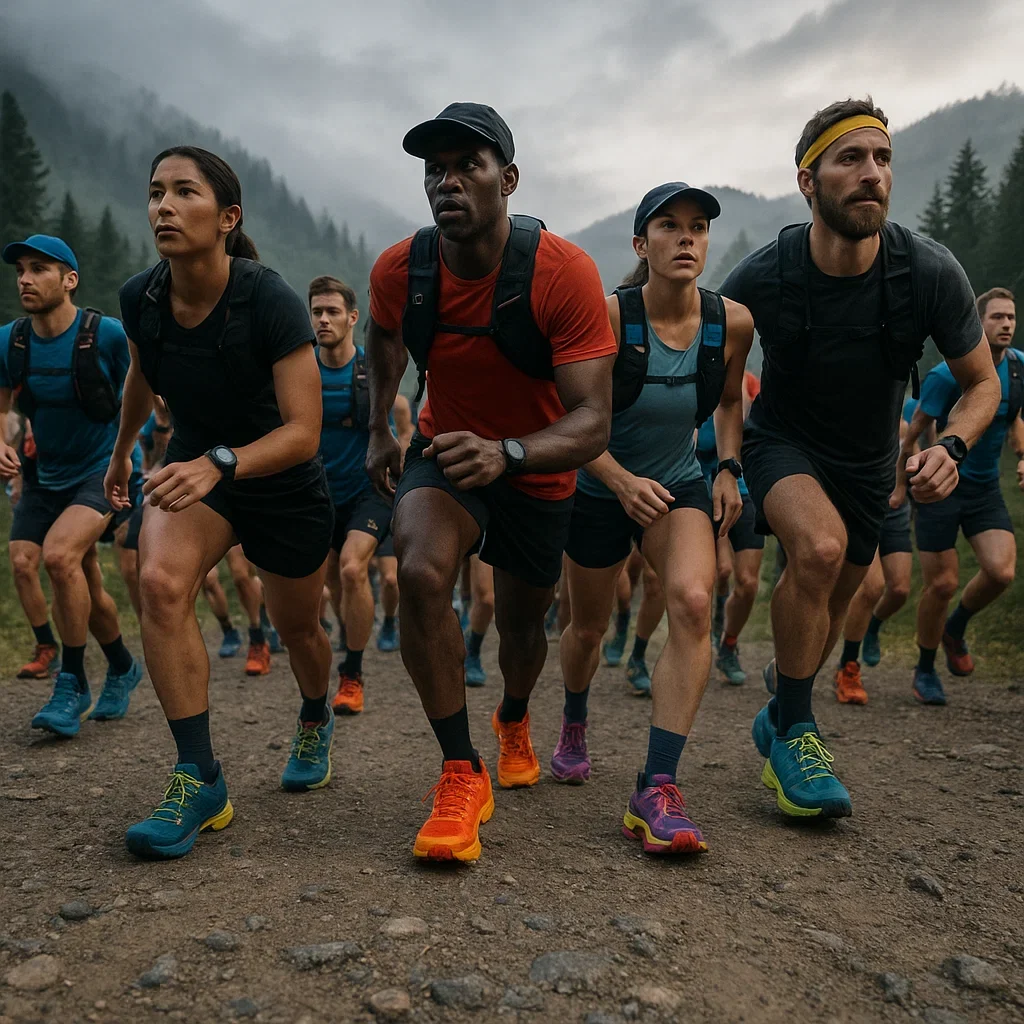
🔎 Key Features to Look For in Sub-Ultra Trail Shoes
When choosing trail shoes for sub-ultra distances (20–49 km), you’re searching for the perfect balance: speed meets comfort, lightness meets protection. Here are the features that really matter for these “in-between” races:
- Weight: Lighter shoes mean less fatigue and quicker turnover, but watch out for shoes that sacrifice protection for grams. Aim for models between 220–300g for most runners.
- Cushioning: Enough to absorb impact over several hours, but not so much that it dulls ground feel or adds bulk. “Moderate cushion” is your sweet spot for most sub-ultras.
- Responsiveness: A snappy, energetic midsole (like PEBA, TPU, or new superfoams) helps you maintain speed, especially late in the race when legs are tired.
- Grip: Aggressive lugs and sticky rubber are crucial for mixed and technical terrain. Look for outsole patterns that shed mud but still bite on rock and loose dirt.
- Protection: A rock plate or reinforced midsole protects your feet from sharp stones, while a durable upper guards against roots and debris.
- Fit & Security: A locked-in heel and midfoot prevent sliding on descents, while a roomy toe box lets your toes splay and swell over the distance.
- Breathability & Drainage: Your shoes should keep feet cool and dry—look for ventilated mesh uppers and drainage ports for water crossings or rainy days.
- Durability: You’ll want shoes that last at least several races and training cycles. Reinforced high-wear zones and tough outsoles are a plus.
🛠️ Summary: Your ideal sub-ultra shoe should feel light, locked-in, and ready for everything—without distracting you from the trail ahead.
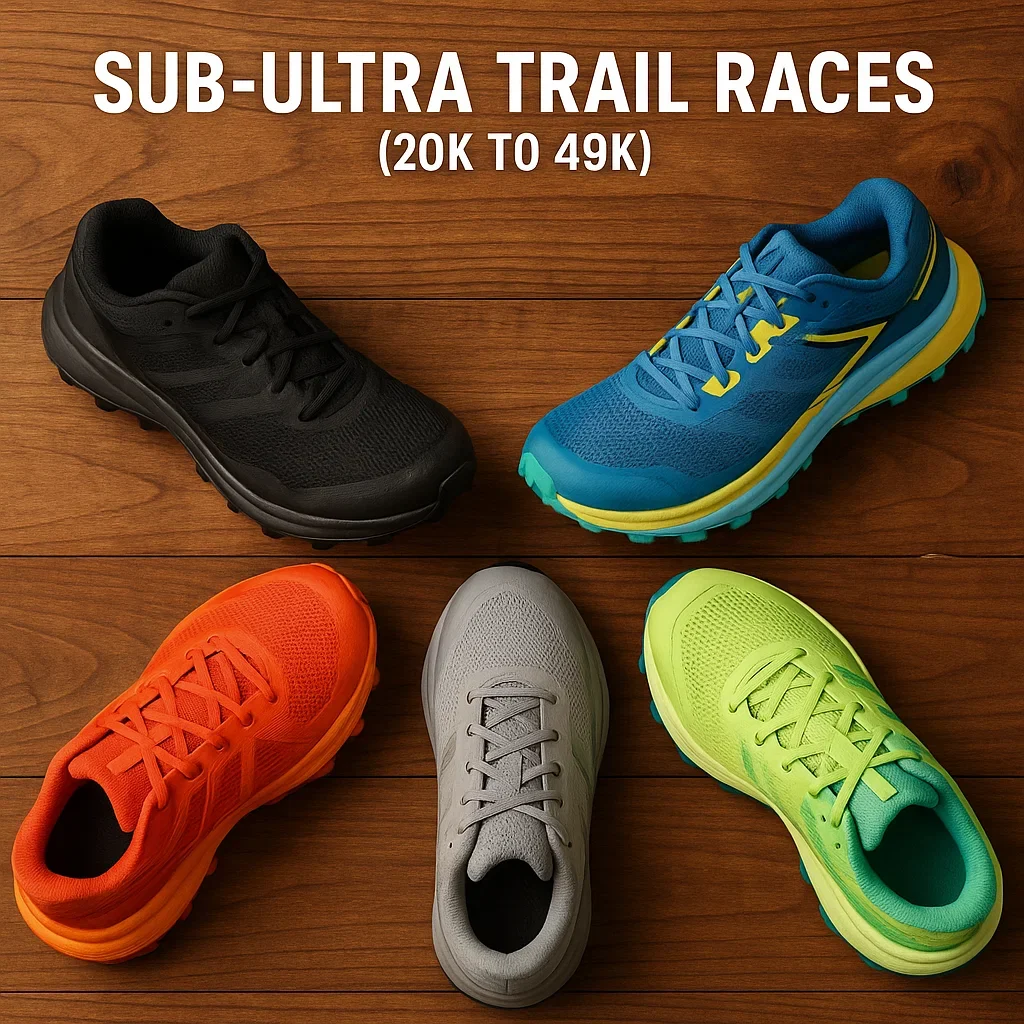
🏆 Top Picks: Best Trail Shoes for Sub-Ultra Distances (2025)
After testing dozens of trail running shoes in real-world sub-ultra races and tough Turkish terrain, here are our top picks for 2025. Each model brings a unique strength, so check which fits your style, terrain, and goals!
| Model | Weight (g) | Cushion | Grip | Best For | Price (USD) |
|---|---|---|---|---|---|
| Salomon S/Lab Pulsar 3 | 190 | Low | ⭐⭐⭐⭐⭐ | Speed, technical trails | 180 |
| Hoka Torrent 3 | 245 | Moderate | ⭐⭐⭐⭐⭐ | Mixed terrain, fast racing | 140 |
| Altra Superior 6 | 235 | Low-Moderate | ⭐⭐⭐⭐ | Natural feel, wide feet | 135 |
| La Sportiva Kaptiva | 260 | Moderate | ⭐⭐⭐⭐⭐ | Technical, skyrace, rocky | 155 |
| Asics Fuji Speed 2 | 235 | Moderate | ⭐⭐⭐⭐ | Fast, rolling courses | 160 |
| Brooks Catamount 3 | 272 | Moderate-High | ⭐⭐⭐⭐ | Distance, responsive | 170 |
| New Balance Summit Unknown v4 | 266 | Moderate | ⭐⭐⭐⭐ | Grip, durability | 135 |
| Inov-8 Trailfly G 270 | 235 | Low-Moderate | ⭐⭐⭐⭐ | Minimal, ground feel | 160 |
Salomon S/Lab Pulsar 3
Pros: Ultra-light, best-in-class grip, slipper-like fit.
Cons: Low cushion, narrow fit.
Best for: Fast runners, technical mountain races up to 30–35K.
Hoka Torrent 3
Pros: Excellent balance of cushion, grip, and low weight. Great for rolling and mixed trails.
Cons: Average for very wide feet.
Best for: Versatile racer from 20K to 50K.
Altra Superior 6
Pros: Zero-drop, roomy toe box, nimble feel.
Cons: Lower stack, not for rocky ultras.
Best for: Runners who love natural feel and shorter sub-ultras.
La Sportiva Kaptiva
Pros: Secure fit, aggressive grip, protective, stable.
Cons: Firm ride, best for technical ground.
Best for: Mountain, sky, and rocky sub-ultra events.
Asics Fuji Speed 2
Pros: Fast, snappy midsole (Pebax plate), breathable, race-ready.
Cons: Slightly less grip in mud.
Best for: Rolling, non-technical, or dry fast courses.
Brooks Catamount 3
Pros: Responsive DNA Flash foam, stable platform, great for longer sub-ultras.
Cons: Pricier, not best for pure mud.
Best for: Fast 30K–50K, long training runs.
New Balance Summit Unknown v4
Pros: Rugged outsole, durable upper, secure midfoot.
Cons: Medium stack; best for rocky, dry conditions.
Best for: Technical and dry races, tough training.
Inov-8 Trailfly G 270
Pros: Minimalist ride, graphene grip, great ground feel.
Cons: Thin for long, rocky races.
Best for: Natural runners, fast 20K–35K, firm surfaces.
There’s no “one shoe fits all” for sub-ultras. Choose based on your speed, foot shape, race terrain, and comfort—then test them well before race day!
⚖️ Lightweight vs. Cushioned vs. Hybrid Models: Which Is Best for Sub-Ultra?
Not all trail shoes are created equal! For sub-ultra distances, your best match depends on your running style, race profile, and personal comfort. Here’s how the three main categories compare:
| Type | Best For | Advantages | Potential Drawbacks |
|---|---|---|---|
| Lightweight | Fast runners, technical short races, minimalists | Agile, fast turnover, excellent ground feel, less fatigue | Less protection, may bottom out after 30+ km, not ideal for rocky/muddy |
| Cushioned | Longer sub-ultras, rocky/descents, sore knees | More comfort, shock absorption, less post-race soreness | Heavier, can feel “mushy,” less trail feedback, slower response |
| Hybrid | Most runners, mixed terrain, daily training & racing | Balanced weight & cushion, versatile, works for most races | Not as snappy as pure racers, not as plush as max-cushion |
🪶 Lightweight Models
Who Should Choose: Competitive runners, those who love speed, experienced trail athletes.
Examples: Salomon S/Lab Pulsar 3, Altra Superior 6
Tip: Best for races under 35 km or with less technical terrain.
🥯 Cushioned Models
Who Should Choose: Anyone with sensitive joints, runners doing lots of descending, or those planning a 40–49 km event.
Examples: Brooks Catamount 3, Hoka Torrent 3
Tip: Consider a cushioned shoe if your legs fatigue quickly on long training runs.
⚡ Hybrid Models
Who Should Choose: The vast majority of sub-ultra runners—if you value both speed and comfort.
Examples: La Sportiva Kaptiva, Asics Fuji Speed 2, New Balance Summit Unknown v4
Tip: If you’re unsure, go hybrid: they offer the safest bet for varied terrain and unpredictable race conditions.
- Want pure speed and feedback? Lightweight models are your best friend.
- Need all-day comfort for hilly or rocky races? Go for Cushioned.
- Not sure, or facing mixed terrain? Pick a Hybrid for all-round performance.

🌍 How to Match Your Shoes to Race Terrain
Every sub-ultra trail race is unique. Rocky mountain ridges, muddy forest paths, dry fire roads, and rolling hills each place different demands on your shoes. Picking the right model for your terrain means better grip, fewer blisters, and a stronger finish.
| Terrain | Ideal Shoe Features | Recommended Models |
|---|---|---|
| Rocky/Technical | Sticky rubber, secure fit, rock plate, durable upper | La Sportiva Kaptiva, Salomon S/Lab Pulsar 3 |
| Muddy/Wet | Deep lugs, quick-drain mesh, moderate cushion | Hoka Torrent 3, Inov-8 Trailfly G 270 |
| Dry/Fast Rolling | Lightweight, responsive midsole, moderate lugs | Asics Fuji Speed 2, Altra Superior 6 |
| Mixed/Unknown | Balanced cushion, versatile grip, not too heavy | Brooks Catamount 3, New Balance Summit Unknown v4 |
🏔️ Rocky & Technical Trails
Sharp rocks, uneven ground, steep climbs? Go for a shoe with a rock plate, sticky outsole, and snug heel fit. Prioritize protection over extreme lightness.
🌧️ Muddy & Wet Courses
Deep, spaced-out lugs shed mud, while mesh uppers drain water fast. Moderate cushion helps for repeated slips and slides.
☀️ Dry, Rolling, Fast Trails
Prioritize low weight and responsive foam for speed. A breathable, non-restrictive upper keeps feet cool.
🌀 Mixed or Unknown Terrain
When in doubt, choose versatility: a shoe with a balanced midsole and a tread pattern that grips most surfaces.
“On the Cappadocia Ultra 38K, I hit everything from dry dust to loose rock and slippery clay. My hybrid shoes gave me the confidence to push hard on all sections—never worrying about grip or blisters.”
🧭 Tip: Match your shoe to the most technical part of your course—not just the average terrain. One tough downhill can decide your race!
🦶 Fit & Sizing Tips for Sub-Ultra Racing
Even the best trail shoes won’t help if they don’t fit right—especially over 3, 4, or 5 hours on variable terrain. Here’s how to nail your fit for sub-ultra success:
- Go Up Half a Size: Your feet will swell over 20–49 km. Most sub-ultra runners find that half a size larger than road shoes prevents black toenails and toe-bang.
- Try With Race Socks: Always test fit with the same socks you’ll race in—ideally moisture-wicking and blister-resistant (merino or technical synthetic blends).
- Room in Toe Box: There should be a thumb’s width between your longest toe and the end of the shoe, even after lacing tight.
- Snug Heel & Midfoot: A locked-in heel prevents sliding, rubbing, and blisters on descents. Use a runner’s knot for added security.
- Break Them In: Use your race shoes for at least 2–3 long runs and one short, intense trail session before race day.
- Wide/Narrow Options: If you have a wide forefoot, try Altra, Topo, or New Balance wide models. For narrow feet, Salomon and La Sportiva are great choices.
- Check for Hot Spots: Any pressure, pinching, or friction after 20 minutes indoors = likely pain after 20 km outdoors.
“Before my 30K, I sized up and tested shoes with my thickest socks—no black toenails, no blisters, and happy feet even after 3,000m descent!”
✔️ Checklist:
- No heel slip on climbs or descents
- Plenty of toe room after lacing tight
- No hot spots or pressure after 20 minutes of walking/running
- Shoe feels “invisible” when moving fast and slow
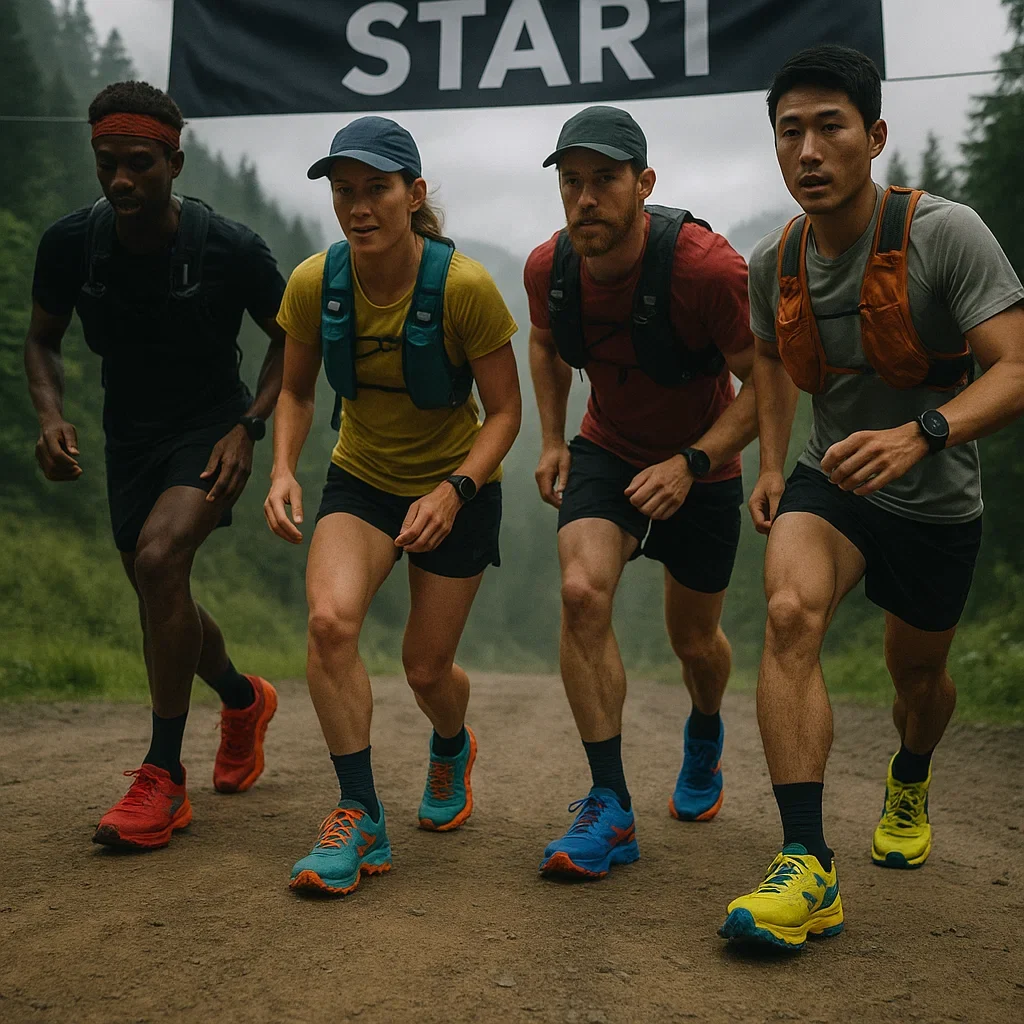
🎤 Real-World Experiences & User Stories
Nothing beats real-life feedback. Here are stories from runners who tackled sub-ultra distances with different shoes, highlighting what worked (and what didn’t) across a variety of terrains:
“I ran with La Sportiva Kaptiva. The secure fit and aggressive grip saved me on the descents. My friend in a soft-cushion shoe slipped and bruised her toes on rocks.”
— Eda, mountain runner
“Hoka Torrent 3s shed mud like magic. No blisters even after three water crossings, but I’d go half a size up next time—my toes felt squeezed by the finish.”
— Emre, trail enthusiast
“Asics Fuji Speed 2 felt like road shoes on the climbs and sprint finish. But I missed a bit of grip on one loose downhill—would bring something with deeper lugs for muddy races.”
— Naz, sub-ultra beginner
- Match grip to your race’s toughest surface—even if it’s just one section.
- Never race in untested socks or shoes.
- Sizing up can save your toenails on long descents.
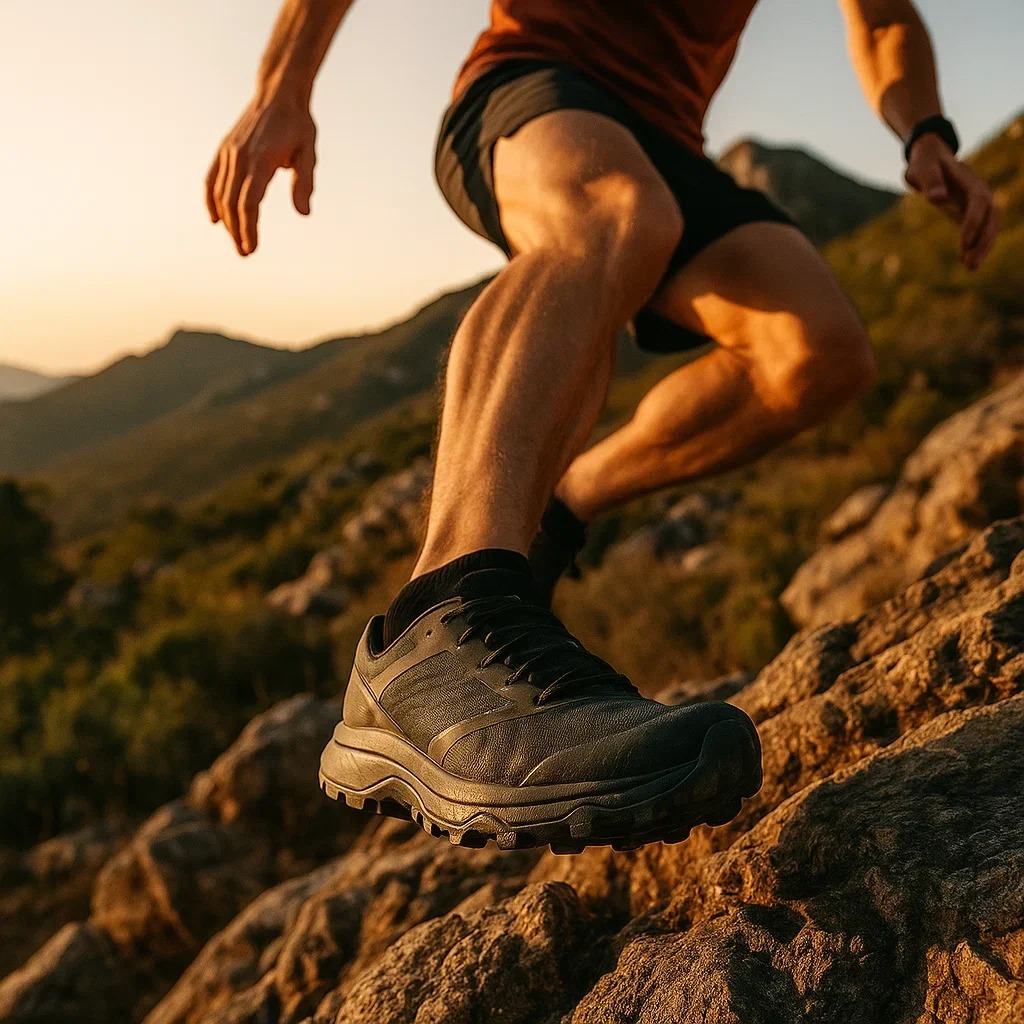
🧽 Care & Pre-Race Prep for Race Day Shoes
Treat your race shoes like high-performance gear. The right prep and maintenance can mean the difference between a smooth run and race-day disaster:
- Clean After Every Test Run: Remove mud, rinse gently with lukewarm water, and air dry (avoid direct heat).
- Inspect Soles & Uppers: Look for worn lugs, loose seams, or hidden holes. Patch small damage early with shoe glue or repair tape.
- Fresh Laces & Insoles: Replace if frayed or compressed—don’t risk a broken lace mid-race.
- Pre-Race Checklist: Test shoes with full race kit (socks, gaiters, insoles), tighten laces with runner’s knot, and check for fit after warming up.
- “Race Only” Shoes: Many runners keep a pair just for race day—low mileage and perfect fit for the big event. Use them sparingly in training so they stay fresh.
- Pack a Backup: For remote or multi-day races, bring a spare pair if possible—wet shoes or unexpected failures are no joke.
“Stuff shoes with newspaper overnight to absorb moisture and speed up drying. Works better than any dryer and keeps shape intact!”
🧑🔬 Remember: A clean, checked, and well-prepped shoe means zero last-minute surprises on race morning. Treat your shoes as you would your nutrition or training—preparation is everything!
⚠️ Common Mistakes & How to Avoid Them
Even experienced runners make classic mistakes when choosing and using trail shoes for sub-ultra races. Here’s how to sidestep the pitfalls and set yourself up for a confident, comfortable finish:
Solution: Always size up half a size for race day, and test with your thickest socks.
Solution: Match outsole grip and protection to your race’s toughest section—not just the average surface.
Solution: Never race in brand-new shoes. Log at least 30–40 km in your race pair beforehand.
Solution: For warm or wet races, prioritize shoes with mesh uppers and quick-drain design.
Solution: If you feel any pinching, pressure, or friction on training runs, address it now—tape, relace, or adjust before race day.
Solution: Try multiple brands/models. Your “perfect fit” may surprise you!
- Keep a shoe diary: note comfort, issues, and what worked after each long run.
- Bring backup laces and tape in your race kit for emergencies.
- Post-race: check for new wear or damage before your next big effort.
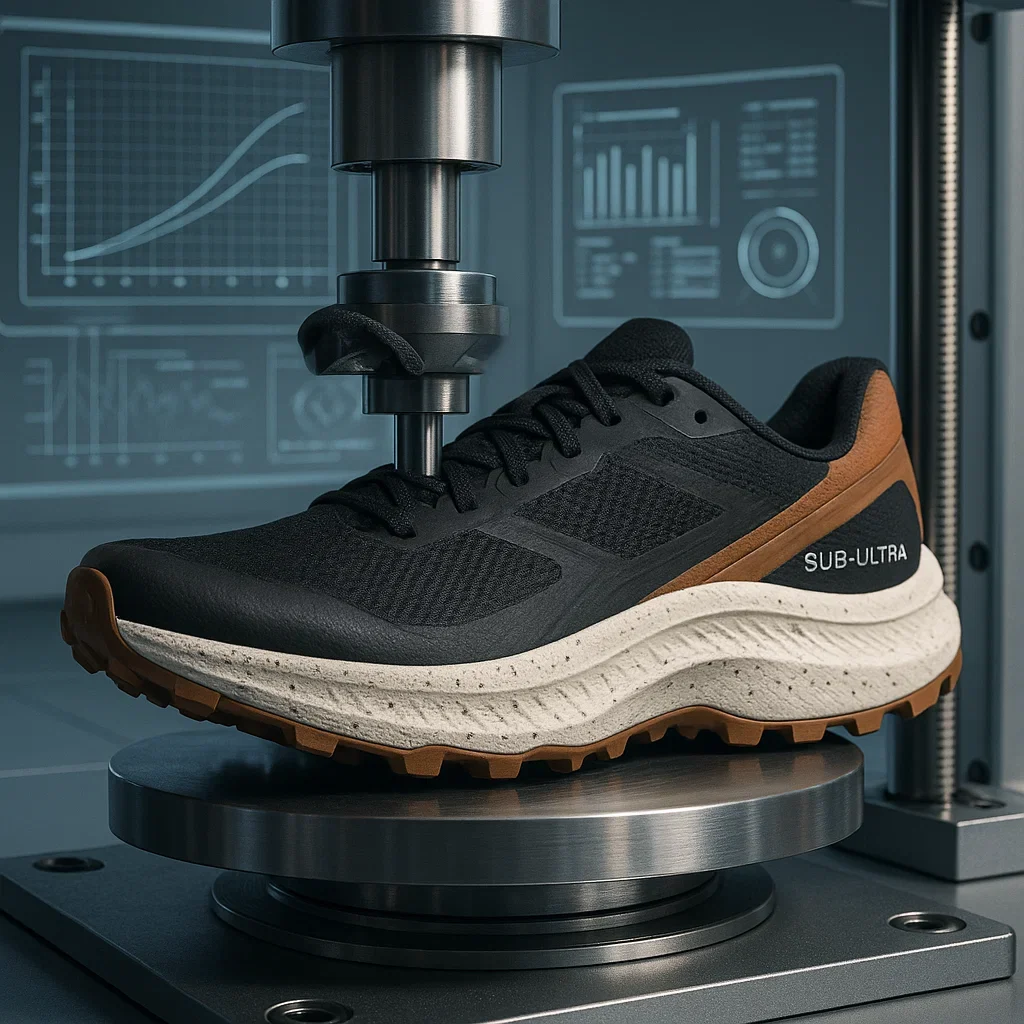
🌟 Expert Tips for Race-Day Success
Race day is here! Make the most of your sub-ultra trail shoes—and all your training—with these pro-level strategies:
- Double-Check Fit: Lace up fully, do a warmup jog, and make any last-minute adjustments. Use a runner’s knot to prevent heel slip.
- Pre-Treat Hot Spots: Apply anti-chafe balm or tape to any known friction points before the start line—prevention is easier than treatment mid-race!
- Pack Dry Socks: For races with water crossings, stash an extra pair in your pack or at an aid station.
- Adapt Lacing On the Fly: Loosen for climbs, tighten for descents. Don’t be afraid to stop and fix pressure or discomfort—you’ll make up time later.
- Practice Nutrition in Race Shoes: Run at least one long session with your exact race kit (shoes, socks, pack, nutrition) for a no-surprises day.
- Check Weather & Terrain: Swap insoles or socks if you expect heavy rain, mud, or heat. Adjust plans if conditions change.
- Visualize Trouble Spots: Know where the toughest climbs, descents, or transitions are on your course—be mentally ready for shoe challenges.
“During my last 40K, I wrote ‘Change Socks at 28K’ on my hand. When my feet felt wet, I swapped at the aid station—zero blisters at the finish!”
🚀 Takeaway: Small details—like a pre-taped toe or a quick mid-race lace tweak—can make a massive difference. Race smart, and your shoes will carry you to a PR!
❓ Frequently Asked Questions
👟 What defines a “sub-ultra” trail race?
🔑 What’s the most important shoe feature for sub-ultras?
📏 Should I size up for a sub-ultra trail race?
🦶 Which brands work best for wide or narrow feet?
🏃♂️ Do I need a race-specific shoe for sub-ultras?
⏳ How many kilometers do trail shoes last for sub-ultras?
💦 Are waterproof shoes needed for sub-ultra trail races?
🧦 What socks should I wear with trail shoes?
🪢 What lacing tricks help on race day?
🔋 Can I use trail shoes for both racing and training?
🧽 How do I care for trail shoes after muddy races?
👣 What if my feet swell badly during races?
🪨 Do I need a rock plate for sub-ultra races?
🌡️ Are sub-ultra trail shoes good in cold or hot weather?
📉 What if my shoes feel flat before race day?
🧑🔬 Are max-cushion shoes too much for sub-ultras?
🔗 Can I use road shoes for sub-ultra trail races?
🔄 Should I rotate shoes in training for sub-ultras?
🔗 Further Reading & Resources
🌐 High-Quality External Resources
- REI: Trail-Running Shoes – How to Choose (Beginner to expert guide to all key features)
- Treeline Review: Best Trail Running Shoes 2024 (Real-world tested, multi-surface reviews)
- RunRepeat: Best Trail Running Shoes (Hundreds of models, user ratings, trends)
- OutdoorGearLab: Best Trail Running Shoes (Lab-tested, technical comparisons)
- Section Hiker: Trail Runners vs Hiking Boots (Pros and cons with real-world context)
📝 Quiz: Are You Ready for Sub-Ultra Trail Shoe Mastery?
- What distance range is considered “sub-ultra” in trail running?
- Name two features you should look for in a trail shoe for 20–49 km.
- Why do most runners size up for sub-ultra races?
- What terrain demands the most aggressive outsole grip?
- True or False: Waterproof shoes are always best for hot weather.
- What’s the main advantage of hybrid trail shoes?
- Which shoe type is best for speed-focused runners?
- How can you tell your shoes need replacing before race day?
- Name a common mistake runners make when picking race shoes.
- What’s one expert tip for preparing your shoes before race morning?
✅ Quiz Answers
- 20 to 49 kilometers
- Moderate cushion, secure grip, lightweight, responsive, breathable, etc.
- Feet swell over long distances, so extra space prevents toe injuries.
- Rocky or muddy technical terrain
- False – Breathable mesh is usually better in hot weather.
- Balance of speed, comfort, and grip for most surfaces.
- Lightweight
- Flattened midsole, reduced grip, new aches or hot spots, visible wear.
- Buying shoes too small, not testing in race kit, ignoring terrain.
- Check and prep shoes, replace laces/insoles, test fit with full kit, etc.
🚀 Share Your Score!
🌄 Final Thoughts: Choose Your Perfect Pair and Conquer Your Race!
Whether you’re preparing for your first sub-ultra trail or chasing your next PR, the right pair of shoes can make all the difference. With the tips, models, and advice we’ve shared, you now have the tools to choose wisely. Remember, comfort and performance go hand in hand—never compromise one for the other!
Sub-ultra distances challenge your endurance, but they also reward you with the thrill of mastering mixed terrain and pushing yourself through varied conditions. Choose a shoe that matches your goals and terrain—and be ready for race day!
Explore our detailed shoe guides, check out the expert picks, and don’t forget to test your gear ahead of race day!
Good luck, and happy trails!
🎥 Watch: Best Trail Shoes for Sub-Ultra Distances
1. Speedland GS:TAM – 50 Mile Test
In this video, we test the Speedland GS:TAM model over a 50-mile (80 km) distance. The shoe’s durability and comfort for ultra-races are examined in detail.
2. Saucony Xodus Ultra – 300 Mile Review
This video evaluates the Saucony Xodus Ultra after 300 miles (480 km) of use. We explore its durability and performance for long-distance trail running.
3. Nike ZoomX Ultrafly Trail – First Impressions
Nike’s ZoomX Ultrafly Trail shoe is reviewed in this video, focusing on its lightness, cushioning technology, and trail performance.

About the Author
Lost Pace is an ultramarathon runner, shoe-tester and the founder of umit.net. Based year-round in Türkiye’s rugged Kaçkar Mountains, he has logged 10,000 + km of technical trail running and completed multiple 50 K–100 K ultras.
Blending mountain grit with data, Lost analyses power (CP 300 W), HRV and nutrition to craft evidence-backed training plans. He has co-written 260 + long-form guides on footwear science, recovery and endurance nutrition, and is a regular beta-tester of AI-driven coaching tools.
When he isn’t chasing PRs or testing midsoles, you’ll find him sharing peer-reviewed research in plain English to help runners train smarter, stay healthier and finish stronger.
Ultrarunner · Data geek · Vegan athlete

